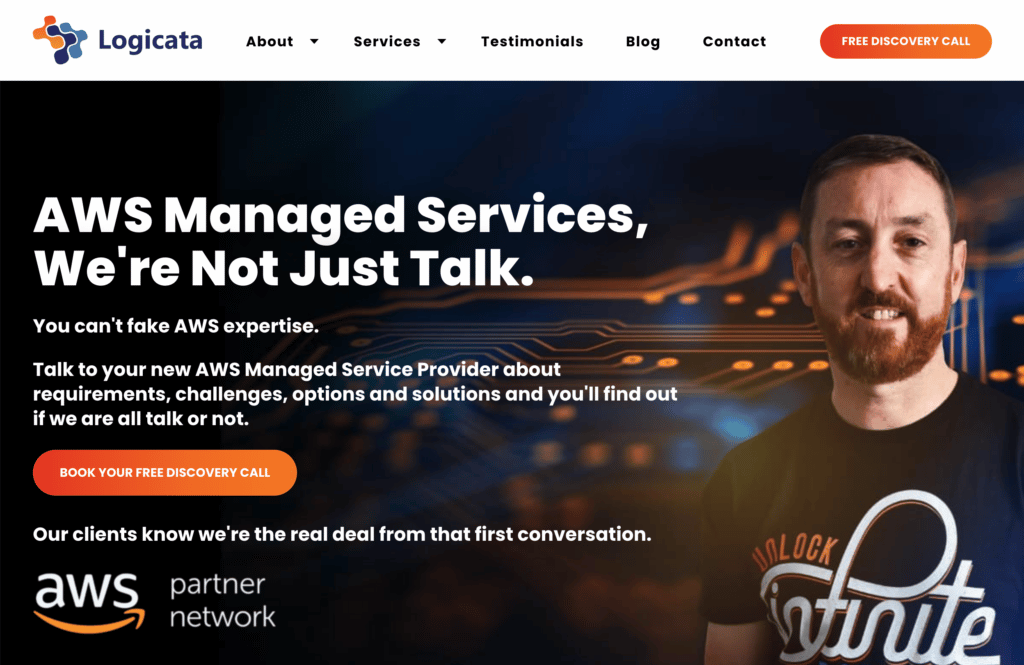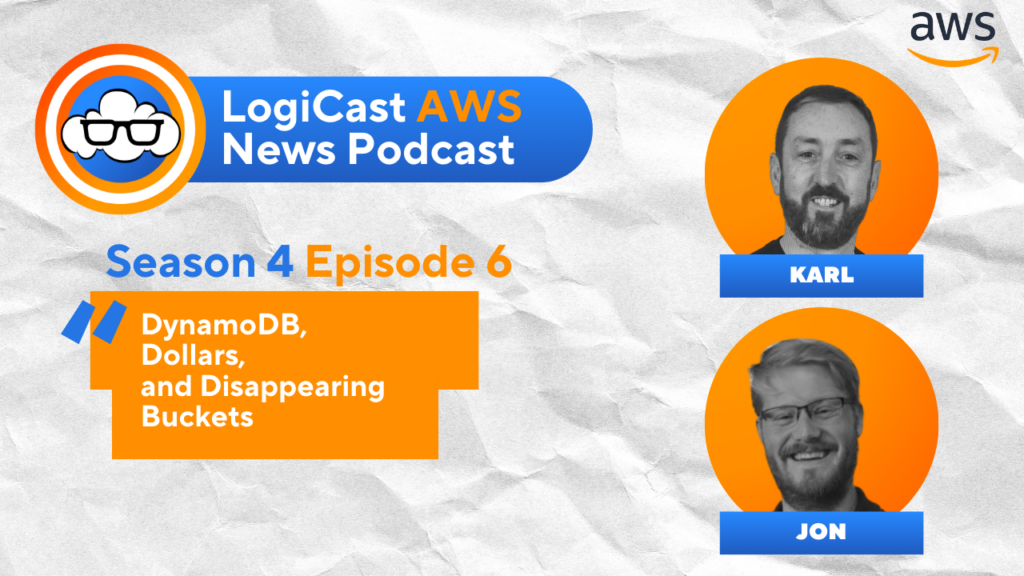
Logicata AI Bot
February 5, 2025
The Logicata AI Bot automatically transcribes our weekly LogiCast AWS News Podcasts and summarises them into informative blog posts using AWS Elemental MediaConvert, Amazon Transcribe and Amazon Bedrock, co-ordinated by AWS Step Functions.
In the latest episode of the LogiCast AWS News podcast, hosts Karl Robinson and Jon Goodall, along with special guest Peter Sankauskas, an AWS Hero, discussed several recent AWS developments and trends. Let’s dive into the key topics covered in this centennial episode.
Amazon S3 Metadata Now Generally Available
The first major announcement discussed was the general availability of Amazon S3 Metadata. This feature, initially previewed at re:Invent in December, is now fully accessible as of January 27th. Jon expressed mixed feelings about the release, noting that while metadata has been manually attachable to S3 objects for some time, this automated approach offers significant advantages.
Jon highlighted the potential for S3 Metadata to eliminate the need for auxiliary services like DynamoDB tables for storing object metadata. He said, “I can see it cutting out a lot of… scratch tables and DynamoDB usage… where you don’t have to put a thing in a bucket and then go, ‘Oh, I can’t actually attach that as metadata, so I’m gonna put it in a table and then refer to it.'”
However, Jon also pointed out a limitation: “It’s only available in 3 regions, and they’re all in America.”
Peter added insights on the pricing structure, which he found complex. He noted, “You’re charging 45 cents per million updates… that’s on top of S3 table storage at 2.5 cents per [1000] objects. But they don’t just charge you for the number of objects, they also charge you for the storage… Good luck calculating that bill.”
Elastic Beanstalk Gets EC2 Launch Template Support
The podcast then turned to a recent feature announcement for AWS Elastic Beanstalk: default support for EC2 launch templates when creating new environments. This update sparked a discussion about Beanstalk’s relevance and recent developments.
Karl Robinson observed, “I’d often thought of Beanstalk as a bit of a legacy product that doesn’t seem to have had a lot of love in recent years, but all of a sudden, the Beanstalk announcements have started popping up.”
Peter Sankauskas expressed surprise at the renewed attention to Beanstalk, stating, “This service has been dead to me since ECS came out. It’s certainly not something that I would recommend people use, but it’s amazing that it is getting love.”
Jon offered a different perspective, viewing Beanstalk as a starter service. He explained, “Beanstalk, I’ve always seen it as a starter service… It was, well, it’s good to get going, but once we’ve kind of got people trained up and they understand the architecture and the landscape and all the rest of it, then we just need to start migrating back out of it again.”
DeepSeek R1 Models Available on AWS
The conversation then shifted to artificial intelligence, specifically the availability of DeepSeek R1 models on AWS. This announcement came shortly after DeepSeek received significant media attention for their highly efficient models.
Jon viewed this as a reactive move by AWS, stating, “This was 100% a reactionary move. This was, uh, there’s a new model, quick, run it. But it’s an interesting one because DeepSeek, much more than I think a lot of the other models that you could previously find on Bedrock, is much more of a direct competitor to Open AI and the GPT model.”
Peter added details about the pricing model, explaining, “The pricing for this is not per token like it is for some of the other models within Bedrock. This one is more like a marketplace app, so you get it up and running in your account, and then you can make as many queries as you want.”
Amazon Simple Email Service Turns 14
The podcast also touched on the 14th anniversary of Amazon Simple Email Service (SES). This sparked a debate about the service’s merits and drawbacks.
Jon expressed frustration with certain aspects of SES, particularly the process of getting out of the sandbox. He stated, “For, you look at, I don’t know, SendGrid or whoever, and you just sign up for an account, and you can send emails. I get that Amazon really cares about spam and being good internet citizens and all this kind of thing, but I’m paying for the service, and if I get spam, you’re gonna block me anyway. Why do I need to ask permission to do it in the first place?”
Peter Sankauskas shared his experiences with SES, noting improvements over time. He said, “It’s come a long way, um, from the early days and not even early days like this was 2017… I’ve got a custom domain for email, click, and open tracking, which is nice. I couldn’t do that before.”
Answers for AWS Survey
The episode concluded with a discussion about the “Answers for AWS” survey conducted by Peter. This annual survey polls the AWS community about their opinions and usage of various AWS services.
Peter explained, “What we’re doing is we’re measuring whether you have used the service in the past, whether you even know like that service exists. And if you have used it, would you go and use that service again?”
He shared some interesting findings, including the popularity of services like SQS and DynamoDB, as well as trends in infrastructure-as-code tools like CDK. The survey aims to provide valuable data points for the AWS community and help inform decision-making around service adoption.
Conclusion
This episode of the LogiCast AWS News podcast provided insights into recent AWS developments, from new feature releases to community trends. As the cloud computing landscape continues to evolve, staying informed about these changes is crucial for professionals working with AWS technologies.
This is an AI generated piece of content, based on the LogiCast Podcast Season 4 Episode 5.





